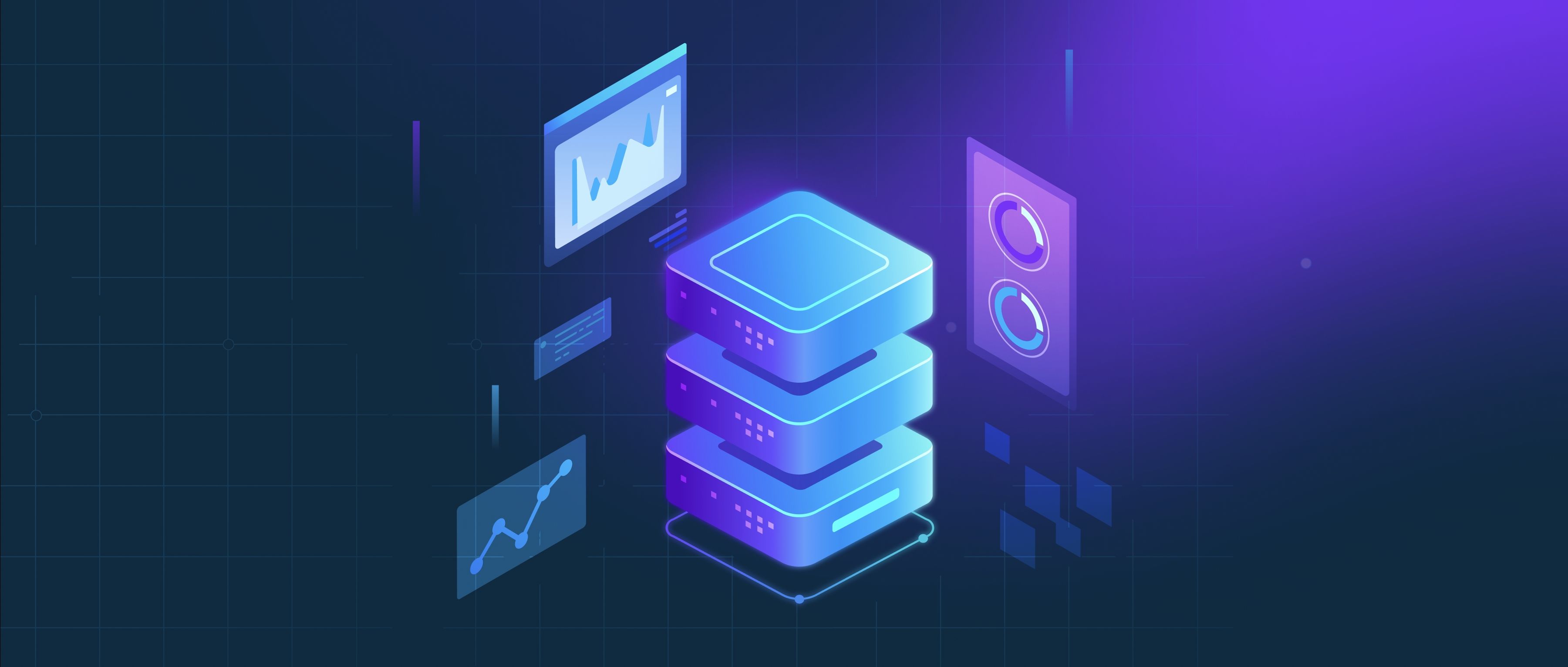In image processing, a patch refers to a small, localized section or subset of an image. It is often extracted from a larger image to analyze specific features or conduct operations like filtering, texture analysis, or object recognition on that smaller region. A patch can be as simple as a rectangular or square block of pixels, usually with a fixed size, that helps focus attention on a part of the image while ignoring irrelevant areas. For example, in convolutional neural networks (CNNs), patches are used in the convolutional layer where filters or kernels are applied to scan through the image, extracting local features such as edges or textures. In image registration, patches can also be used to match corresponding points in two different images of the same scene. Additionally, patch-based methods are widely used in applications like image denoising, super-resolution, and segmentation, where each patch is processed to improve image quality or extract detailed information about structures within the image. The advantage of working with patches is that it reduces the computational complexity by focusing on small regions of interest instead of processing the entire image at once.
What is a patch in image processing?

- Retrieval Augmented Generation (RAG) 101
- Evaluating Your RAG Applications: Methods and Metrics
- The Definitive Guide to Building RAG Apps with LlamaIndex
- Exploring Vector Database Use Cases
- Large Language Models (LLMs) 101
- All learn series →
Recommended AI Learn Series
VectorDB for GenAI Apps
Zilliz Cloud is a managed vector database perfect for building GenAI applications.
Try Zilliz Cloud for FreeKeep Reading
What is data governance, and how does it relate to ETL?
**Data Governance and Its Relationship to ETL**
Data governance refers to the framework of policies, roles, and proces
What are the best practices for implementing augmentation?
Implementing augmentation effectively involves several best practices that help ensure the process integrates smoothly w
How do recommender systems handle multiple preferences?
Recommender systems manage multiple preferences through various techniques that aggregate and analyze user data to provi